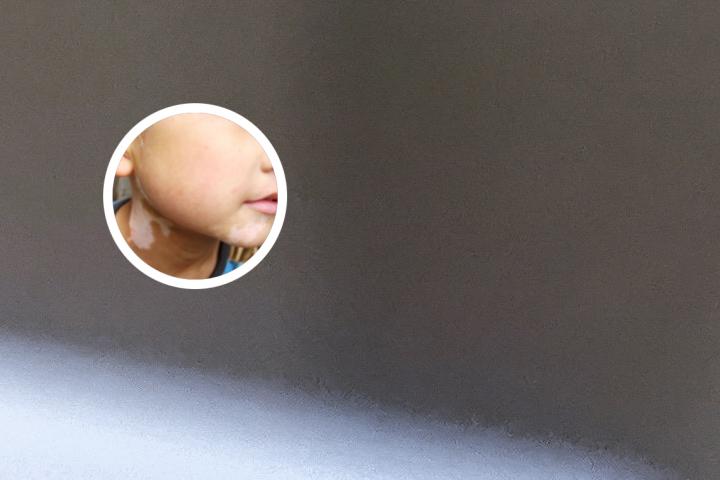How to Cure Vitiligo?

Vitiligo is a chronic skin disorder in which the color-producing cells of the skin, also known as melanocytes, are destroyed. This results in depigmented patches of skin that can appear anywhere on the body.
At present, there is no known cure for vitiligo. However, there are several treatments available that can help to restore normal pigmentation or even out the color of the skin.
1. Topical Corticosteroids
Topical corticosteroids are a commonly prescribed treatment option for vitiligo. These medications are applied directly to the affected areas of skin and work to suppress the inflammatory response that is involved in the destruction of melanocytes.
Studies have shown that topical corticosteroids can be effective in repigmenting areas of depigmented skin. However, long-term use can lead to side effects such as skin thinning and discoloration.
2. Psoralen and Ultraviolet Light Therapy
Psoralen and ultraviolet light therapy, also known as PUVA, is a treatment option that involves the use of psoralen, a photosensitizing agent, followed by exposure to ultraviolet A (UVA) light.
This treatment has been shown to be effective in repigmenting areas of depigmented skin in some patients. However, it is important to note that long-term use can increase the risk of skin cancer.
3. Excimer Laser Therapy
Excimer laser therapy is a newer treatment option for vitiligo that works by targeting the affected areas of skin with a high-intensity beam of ultraviolet B (UVB) light.
Studies have demonstrated that excimer laser therapy can be effective in repigmenting areas of depigmented skin with minimal side effects. However, this treatment can be time-consuming and expensive.
4. Micropigmentation
Micropigmentation, also known as tattooing, involves the use of a special pigment to color the depigmented areas of skin.
This treatment option can be effective in masking the appearance of vitiligo, but it is important to note that the results are not permanent and may require touch-ups over time.
5. Surgery
In some cases, surgical interventions such as skin grafting or blister grafting may be considered as a treatment option for vitiligo.
These procedures involve transplanting healthy skin to the depigmented areas of skin. However, the success rates of these procedures can vary, and there is a risk of scarring and infection.
Overall, while there is no known cure for vitiligo, there are several treatments available that can help to restore normal pigmentation or even out the color of the skin. It is important to consult with a dermatologist who specializes in vitiligo to determine the best treatment plan based on the individual's specific needs and medical history.










